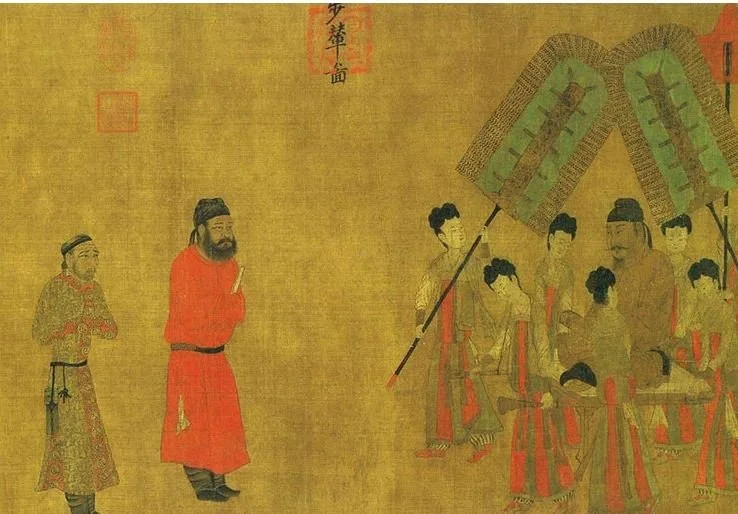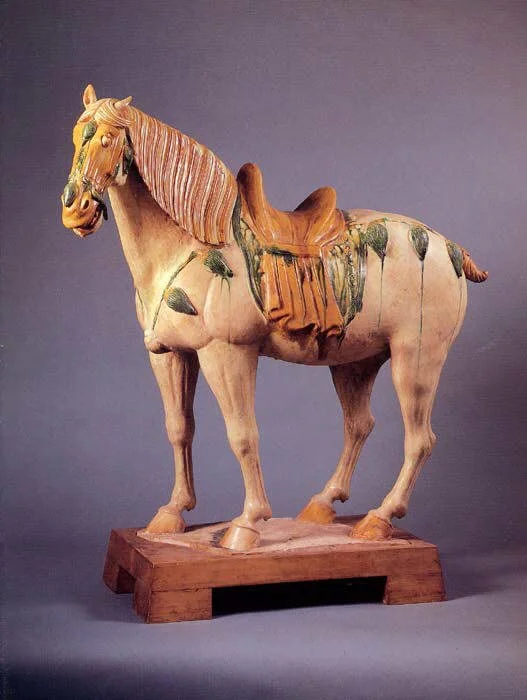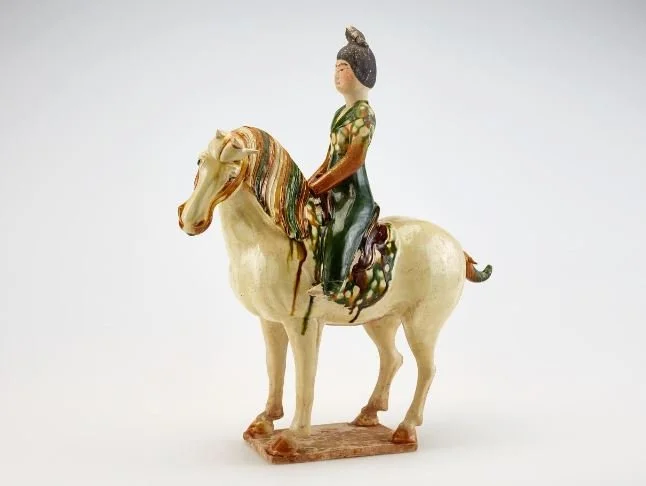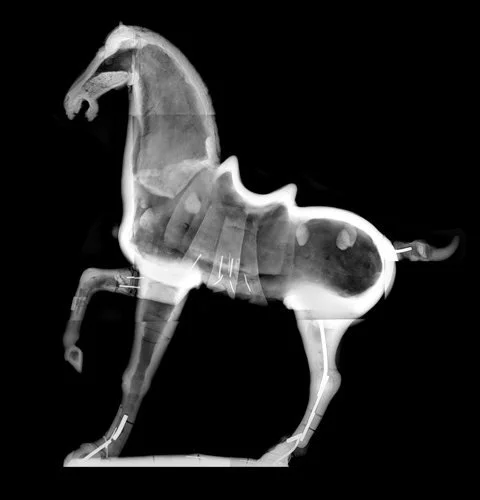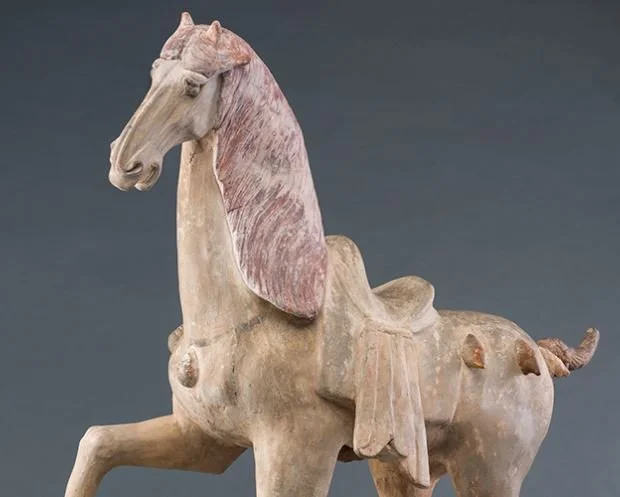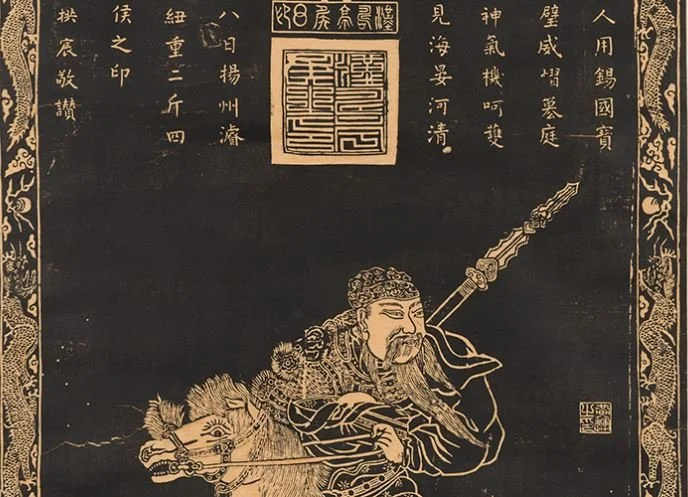Honoring the Tang Dynasty
唐 三彩陶馬
Tang History
The Tang Dynasty (618–907 AD) is considered by the Historic Chinatown Alley descendants as the most prosperous dynasties in Chinese history referring to Chinatown as 唐人街 (Tong jan gai) "Tang people's street(s)."
Chinese Proverb
飲水思源 "when we (the descendants) drink water, we think of its source" and always remembering where and how we came from which is Historic Chinatown Alley, Red Bluff, California. Located: https://g.co/kgs/VZvb9n
Reflections
飲水思源
Tri Horse
唐 三彩陶馬 During the Tang dynasty tomb pottery figures of tri-colored horses made circa 618–906 were placed in tombs. The Helen and Joe Chew Foundation has selected this figure to represent the descendants reflection of thanking their ancestors from the Historic Chinatown Alley.
Create & Imagine
It all begins with creating an idea and imagining it coming true.
Filial piety
孝順
The love of horses among the Tang elite became desirable and important to all who paid homage to them. Lavish displays of Mingqi (冥器) pottery brightly tri-colored horses adorned the insides of tombs made with splatters and drips of colored glaze
Tri Color
First experimented with sancai glazes made by mixing copper, iron, and cobalt to create a lively spectrum of blues, greens, ambers, and yellows over a milky white background. Made exclusively for burial. The tri-colored glazed pottery of the tang dynasty was mainly produced in xi ‘an, luoyang and yangzhou, important cities along the silk road.
Tassles
A total of are nine tassels are draped over the horse’s haunches and shoulders, attached to a dark painted strap faded in time.
玉 Jade Jewelry
Jade had been used to make emperor's imperial seals from Qin (221 BC — 207 BC) to Qing (1636 — 1912) dynasties.
Saddle
The imperial horse wears a small saddle with silk panels hanging down each side with lush painted in a reddish brown.
Artwork
The Chinese emperors’ passion for fine horses further enhanced its prominent status. Over time, the rich symbolic content of horse imagery was matched by the increasingly diversified styles and personal expressions of the artists who painted this iconic animal.
